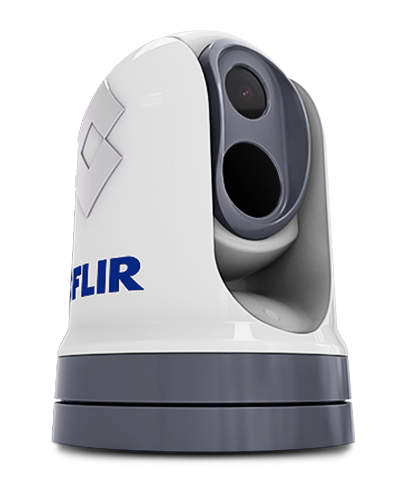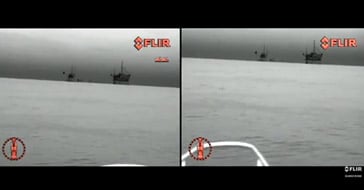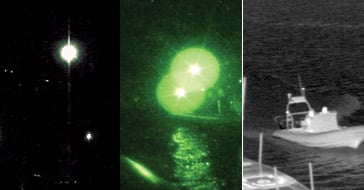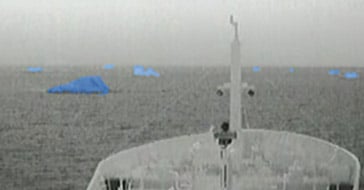Autonomous Operations and Lean Crewing Set to Drive a Greater Reliance on Thermal Cameras in Maritime Sector
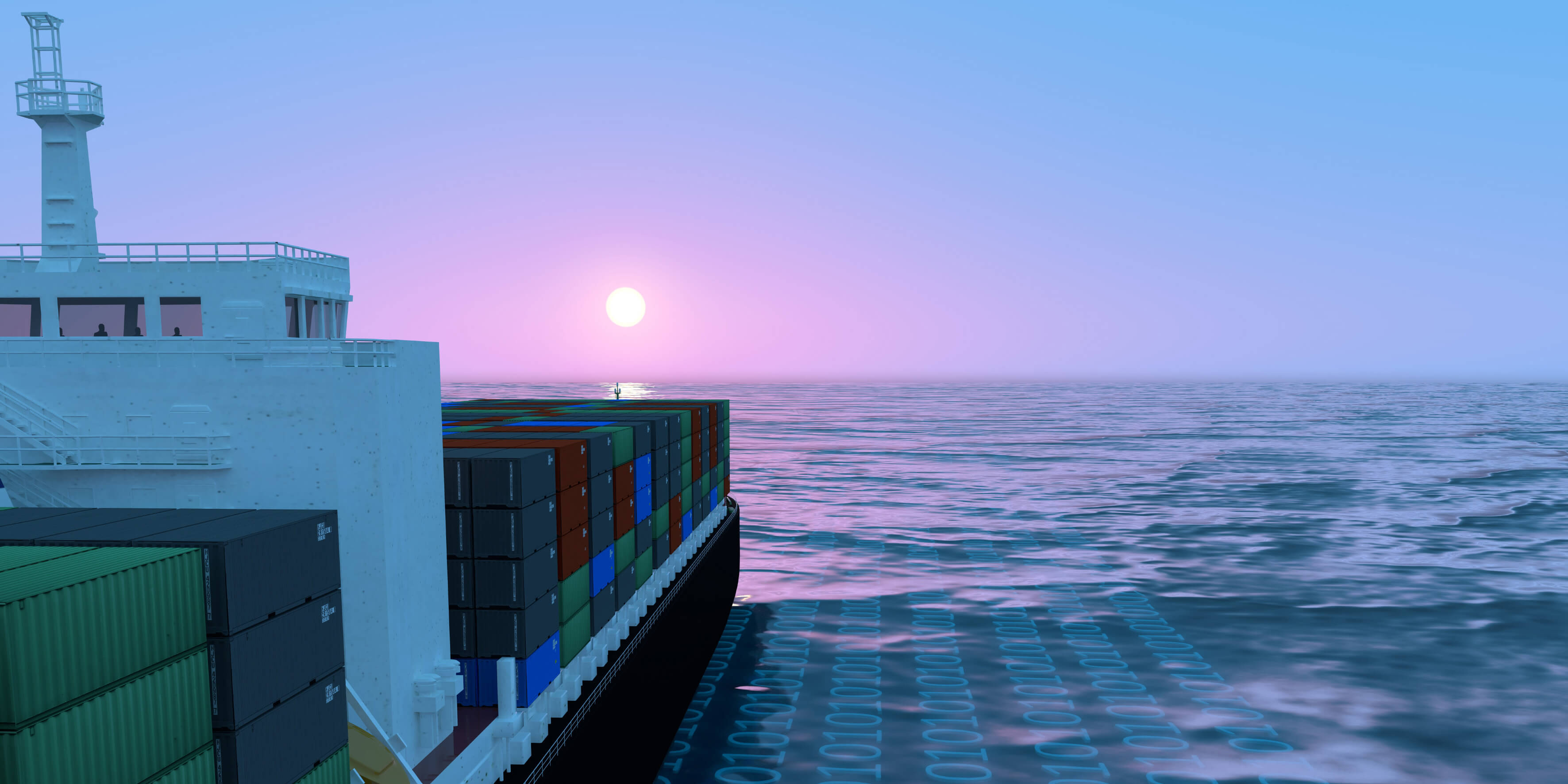
Teledyne FLIR is predicting an increase in the use of thermal and visual cameras in the maritime sector as the growth of autonomous vessels and leaner crewing gathers pace.
With technological advances, autonomous shipping is set to be one of the fastest growing areas of shipping in the years ahead and the industry will inevitably move to a greater reliance on sensors. However, crew minimisation creates new challenges, particularly in high traffic areas and port entrances where sensor data to shore is more important than ever. High cargo can also obstruct the view from the bridge of vessels, so adding cameras can help to fulfil the need for sight in those areas.
Teledyne FLIR has been selling cameras to the Unmanned Surface Vehicle (USV) market for both research and scientific purposes, as well as military for a number of years and Christer Ahlbäck, senior sales manager in Maritime Thermal for EMEAI shares his thoughts on what the landscape ahead looks like.
“Multispectral cameras are one of the most important sensors in the future of shipping. For autonomous vessels, data is crucial when combined with other systems. Sensors are already critical components in modern shipping but will become even more important. A radar will identify objects, but the camera will confirm what that object is, adding intelligence to target detection. To have eyes on board to visually see what is going on and what is out there, really takes navigation to the next level.

Christer Ahlbäck, Senior Sales Manager, Teledyne FLIR Maritime Thermal
“Using sensors in autonomous vessels provides a level of situational awareness that would be impossible for human operators to achieve. Detecting potential obstacles, weather patterns, Slew to Cue radar targets and the ability to track objects, allowing the ship to make decisions based on real-time data. Integrating sensors ensures the information is as reliable as possible.”
Teledyne FLIR’s wide range of marine thermal cameras offer industry leading thermal imaging in total darkness, optical zoom, active gyro stabilisation and radar tracking. Some cameras are designed around a cryogenically cooled thermal sensor for amazing clarity and enable extended range of unparalleled target tracking.
FLIR M364C Premium Multispectral Marine Camera with Active Gyro-Stabilization
“FLIR products integrated on autonomous vehicles offer heightened safety and efficiency, providing a level of awareness impossible for humans,” said Christer.
Cameras and sensors in the shipping industry are already on the increase as the use of autonomous vessels becomes more widespread and the minimisation of crews becomes a reality. This investment in equipment for shipping companies wanting to stay competitive will be vital.
